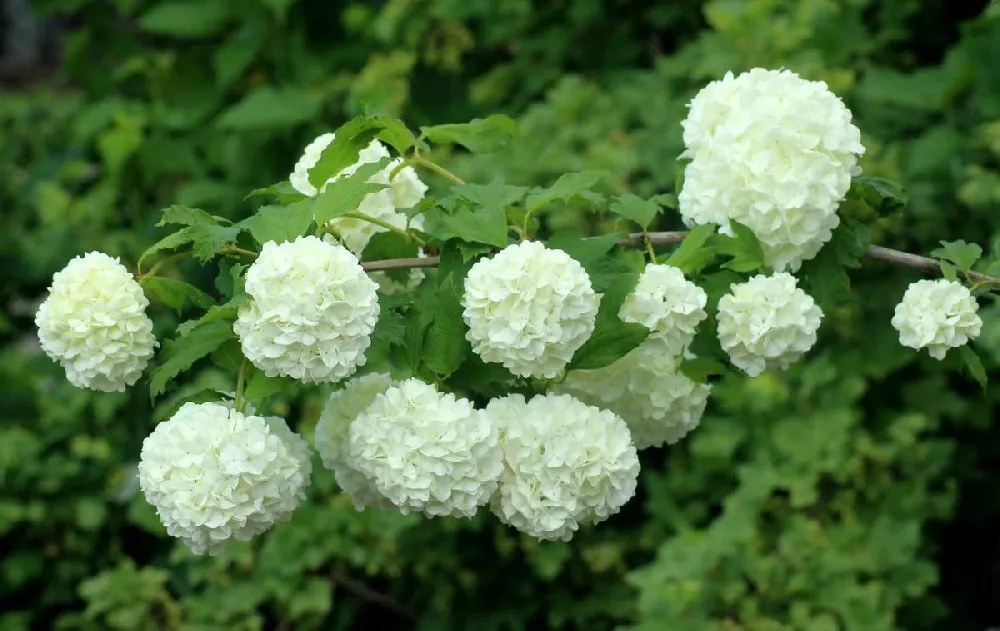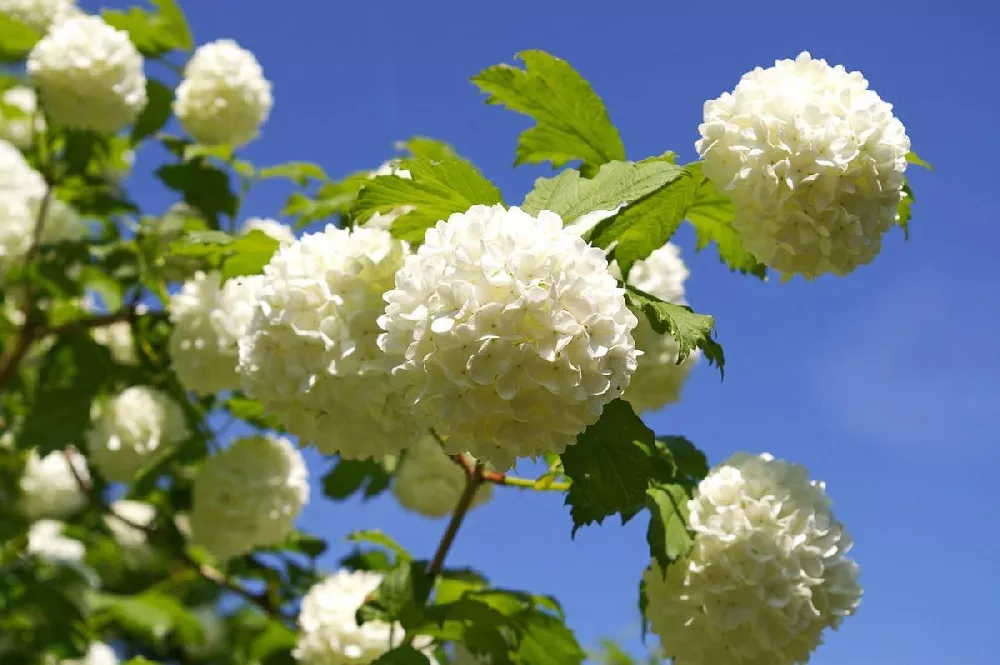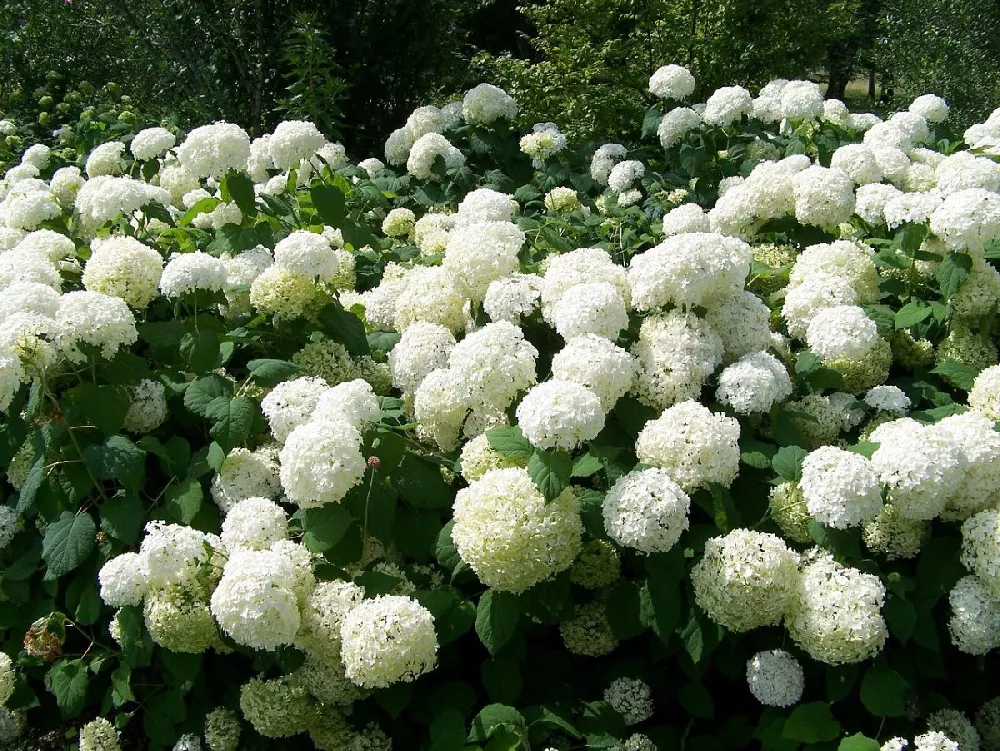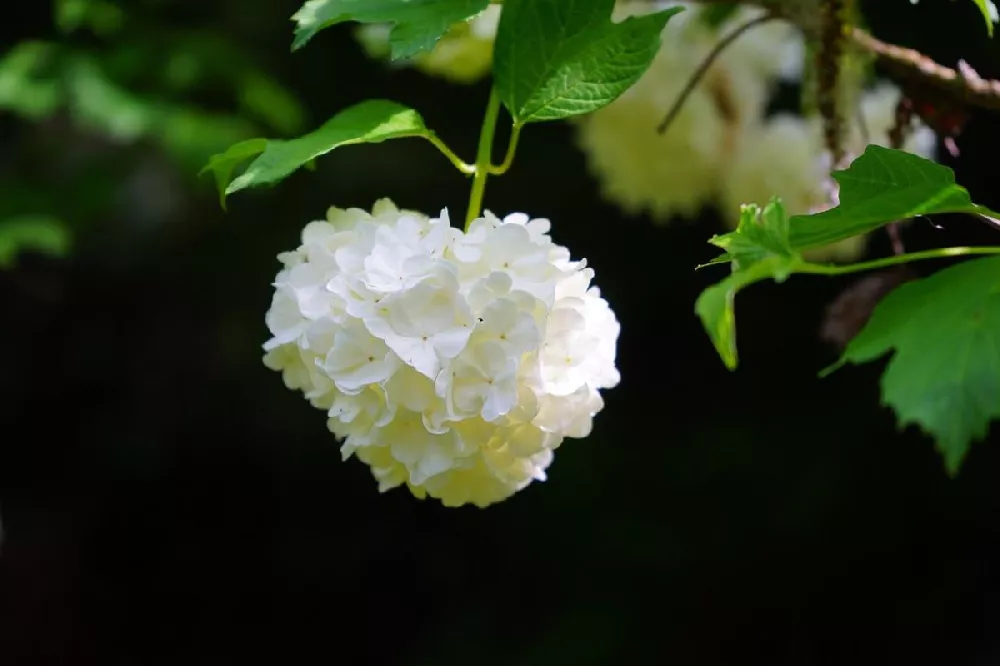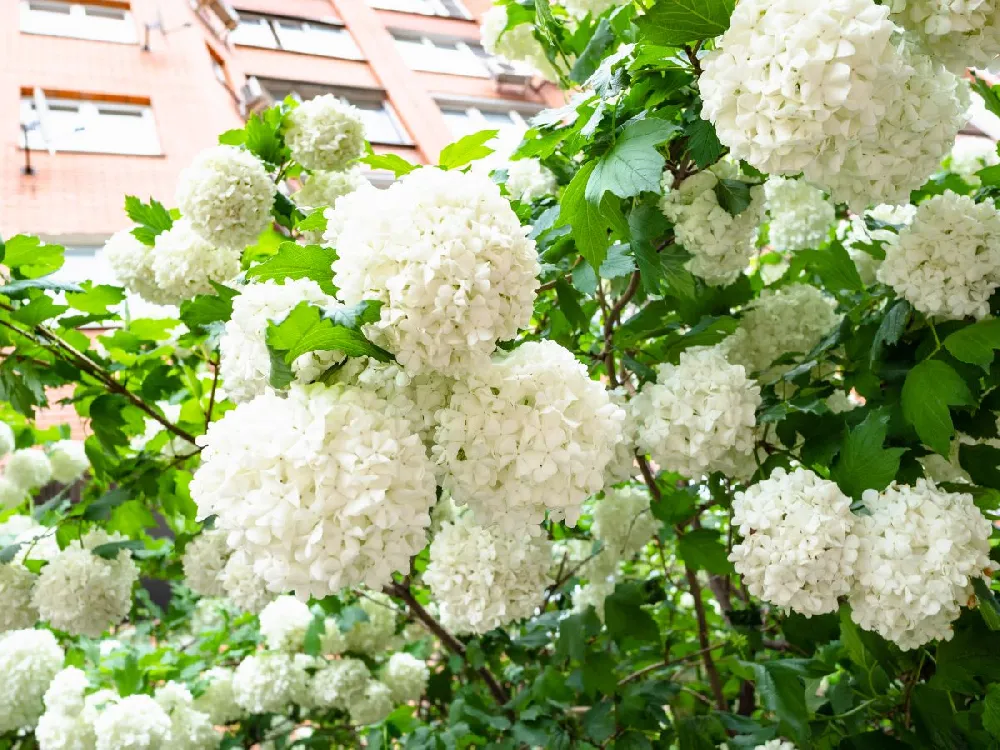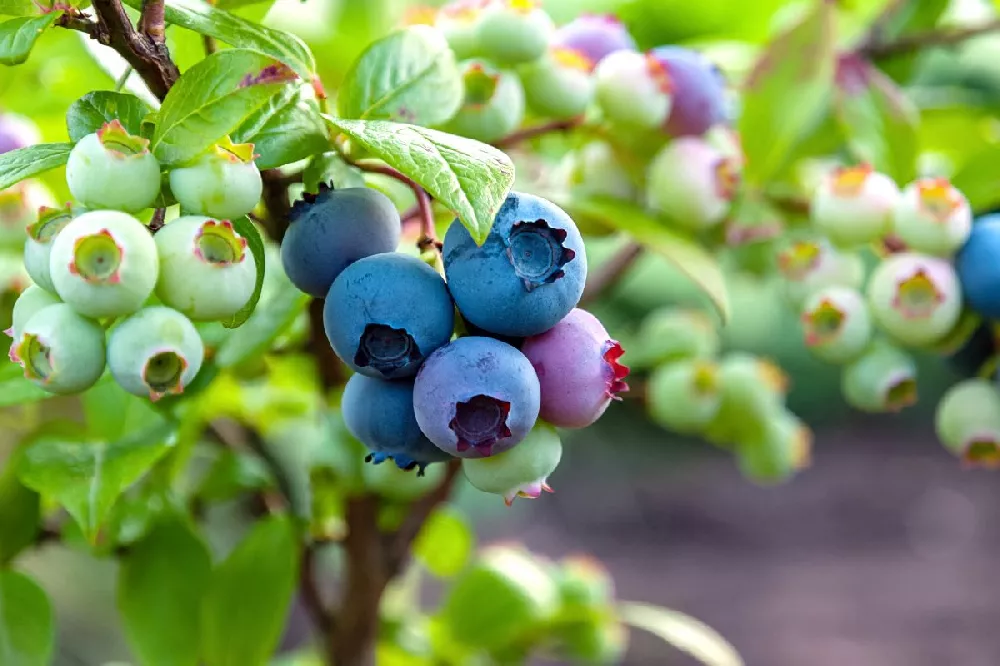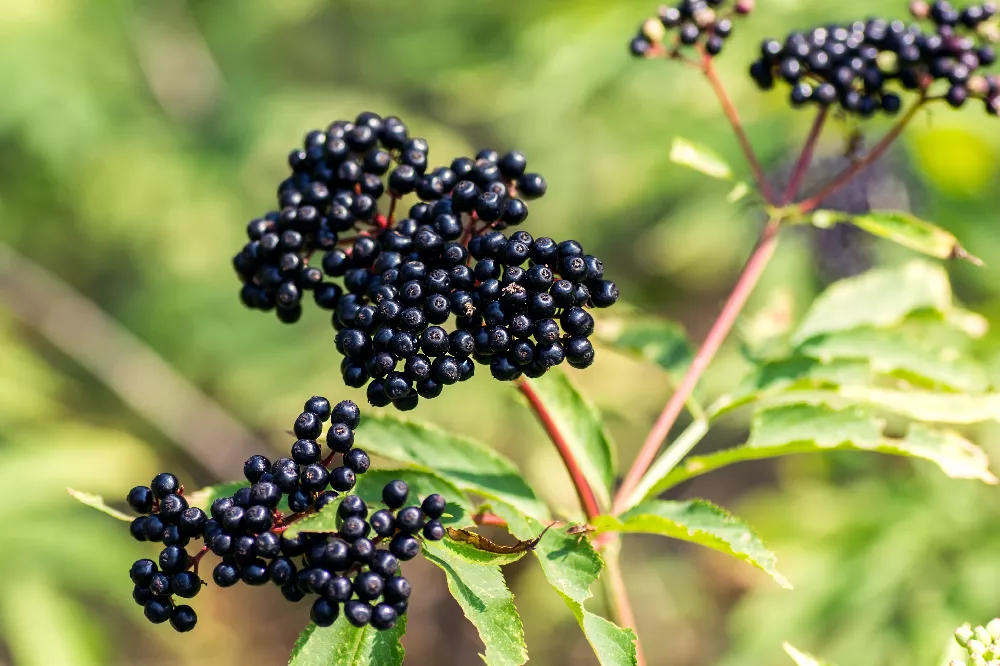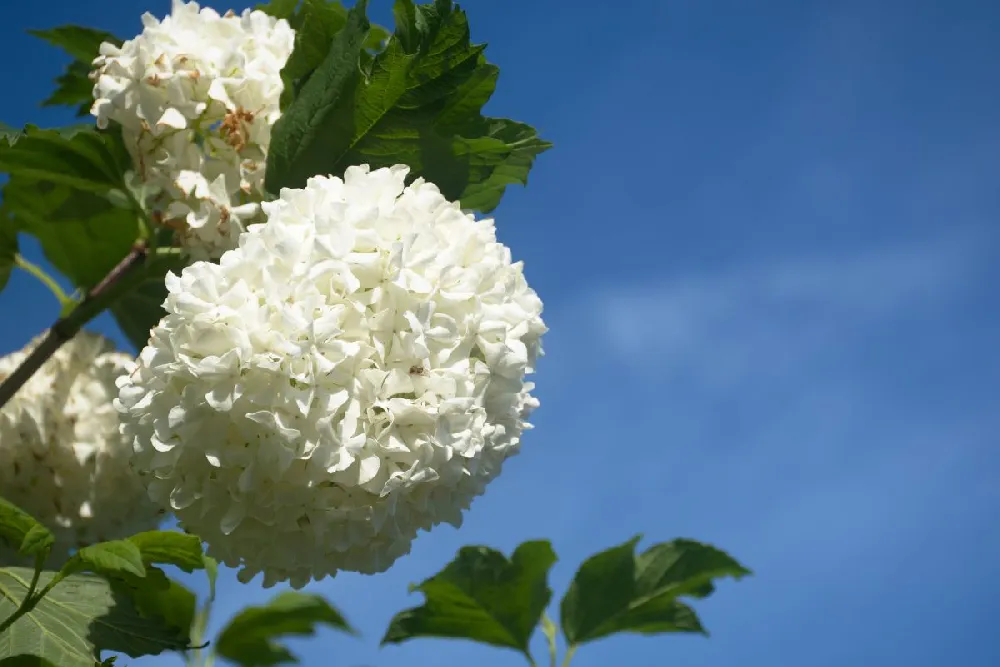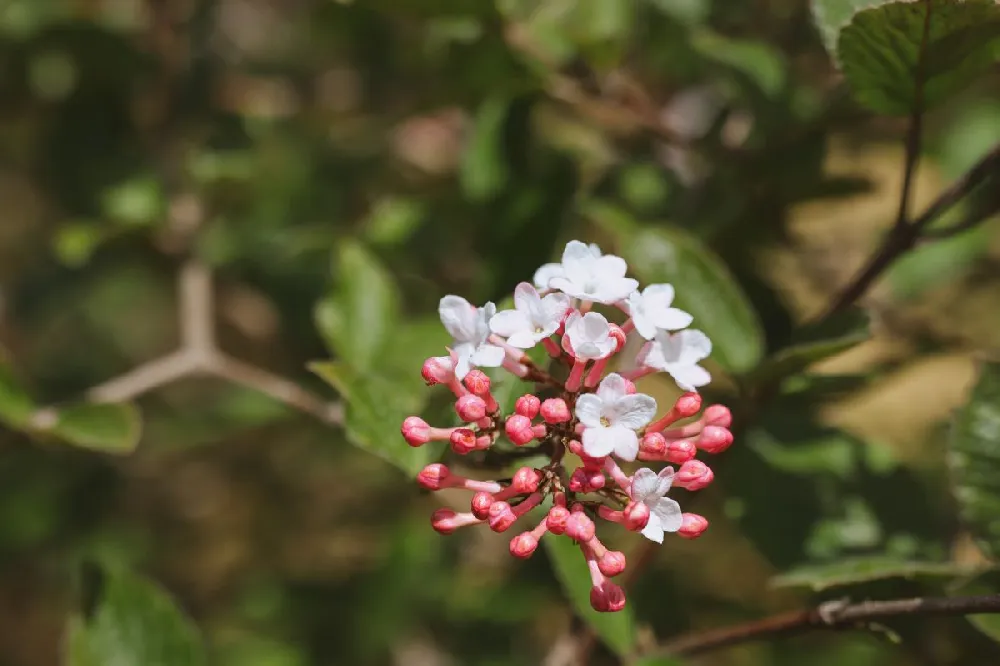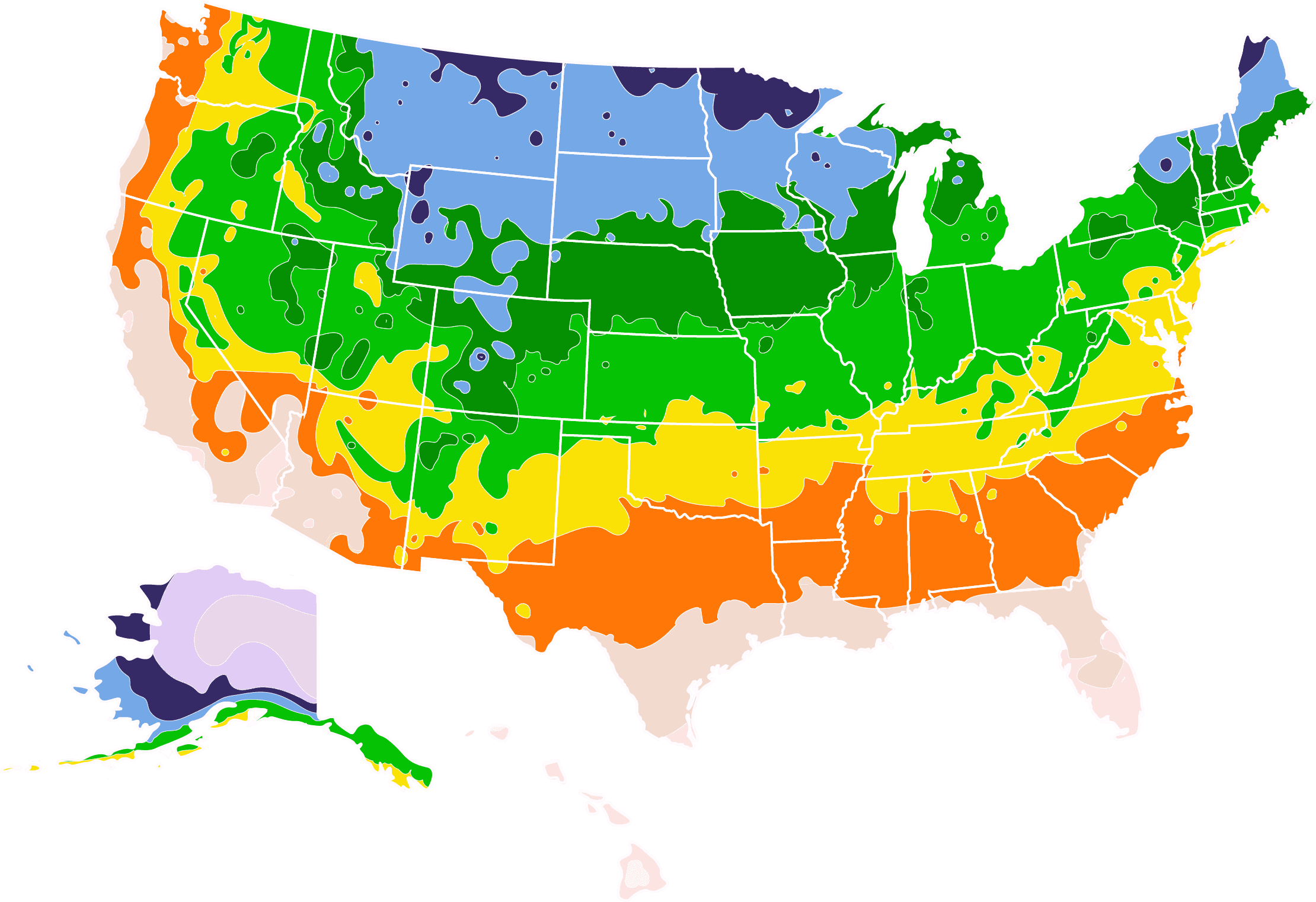Snowball Bush for Sale - Buying & Growing Guide
Imagine an explosion of big, fluffy, white blooms by your back patio or on your front lawn—that's what you get with a Chinese snowball bush. Viburnum macrocephalum 'Sterile' is a large, hardy bush that delights with profuse flowers throughout the early summer. As you might guess from the name, this is a sterile cultivar that doesn't produce messy fruits or berries — all its energy goes into producing 8-inch wide flowers that start out lime-green in late spring and turn a snowy white by the middle of May. Even when not in bloom, it's a handsome shrub, with dark green, serrated leaves and an attractive vase-like form. It works well either as a specimen plant or massed together in a vibrant display. Here are a few more reasons why you need a snowball bush:
- It can be pruned into a range of shapes to form hedges, single-trunk trees, or vase-like shrubs.
- The snowball bush is very hardy and resistant to powdery mildew and bacterial leaf spot.
- It is resistant to insect pressure, and deer avoid it.
Enter your zip code to find nearby stores that may carry this plant.
Plant Care
Sunlight

The snowball bush can handle partial shade but blooms best in full sun — six to eight hours of direct light a day.
Watering
This bush likes consistently moist soil; a mature shrub tolerates drought well, however.
Fertilizing

Fertilize annually after the plant flowers with an all-purpose product designed for flowering trees and shrubs.
Planting and Care
Planting instructions
Site your snowball bush where it will get at least six hours of sun a day. In the warmer parts of its growing range, morning sun and afternoon shade works best. Choose a site with fertile, well-draining soil that is slightly acidic. Unpot the shrub, teasing out any encircling roots, which can girdle the plant and slowly kill it. Dig a hole that’s as deep as the root ball and two to three times as wide. Place the shrub in the hole, spreading out the roots. Fill in around the roots with a mix of topsoil and well-rotted manure or compost. Water thoroughly. Apply a 2- to 3-inch layer of an organic mulch, such as bark chips, around the root zone, but don’t let them touch the trunk to avoid the possibility of rot.
Watering and nutrients
Water newly-planted shrubs every few days until you start to see vigorous new growth appearing. Cut back to once-a-week watering. To check if the plant needs water, dig a small hole and see if the soil is dry 2 inches from the surface. If so, give it some water. You may need to water more frequently during very hot or dry weather. Once the weather turns cold, there is no need to water. Fertilize your shrub after it flowers with a high phosphorus fertilizer, such as bone meal. Phosphorus is the middle number in the N-P-K formula, so look for a product that features a higher middle number, such as 5-25-10.
Pollination
As a sterile cultivar, there is no need for pollination for these shrubs, although they may nonetheless attract pollinating insects.
Pruning
Remove damaged, diseased, and dead limbs whenever you see them on your bush. Do a more thorough pruning immediately after the plant has flowered to shape the bush as needed and remove some of the older wood.
Pests and diseases
Pests that may appear on your snowball bush include aphids, flower thrips, and spider mites. Insecticidal soap may be used for severe infestations, but a healthy shrub will be able to fight off pests on its own. Diseases that may impact viburnams include downy mildew, algal leaf spot, and fungal leaf spot. This cultivar is resistant to all these, and you can help it stay healthy by directing water at the roots, not the leaves, and keeping the area around the bush clear of leaf debris.
Achieving maximum results
For gardeners who live too far north to grow their snowball bush in the ground, it’s easy to cultivate this plant in a container that is brought inside in the winter. Choose a container that is almost twice as large as the root ball with adequate drainage holes, and plant your shrub in a good-quality potting mix. Keep in mind that container-grown plants generally need more water and fertilizer than those grown in-ground. Water your plant whenever the soil seems dry 2 inches from the surface, and fertilize lightly in the spring and again after it flowers. In the winter, you can bring your shrub into a garage or basement to protect it from temperatures that go below zero degrees Fahrenheit.
FAQs
How can I get increased blooms on my snowball bush?
How big do snowball bushes get?
This is a sizable shrub, and, when well cared for, it may achieve a height of 10 to 12 feet. Unless pruned to another shape, its canopy is roughly vase-like, and a mature bush can reach a width of 10 to 12 feet as well. If planting multiples, be sure to leave enough room for light and air to circulate between bushes.
How are these shrubs best used in my landscape?
An outstanding specimen plant, the snowball bush can stand on its own in a front yard or other visible location, providing a spectacular floral show during the early summer. It can be pruned into a hedge-like shape, offering a windbreak or privacy screen by a patio or porch. It's a good choice as a foundation planting near a house, too, although it should be planted at least 5 to 6 feet away from any structures.
Compare Similar Products
You can't add more Product Name - Product size to the cart.
OK